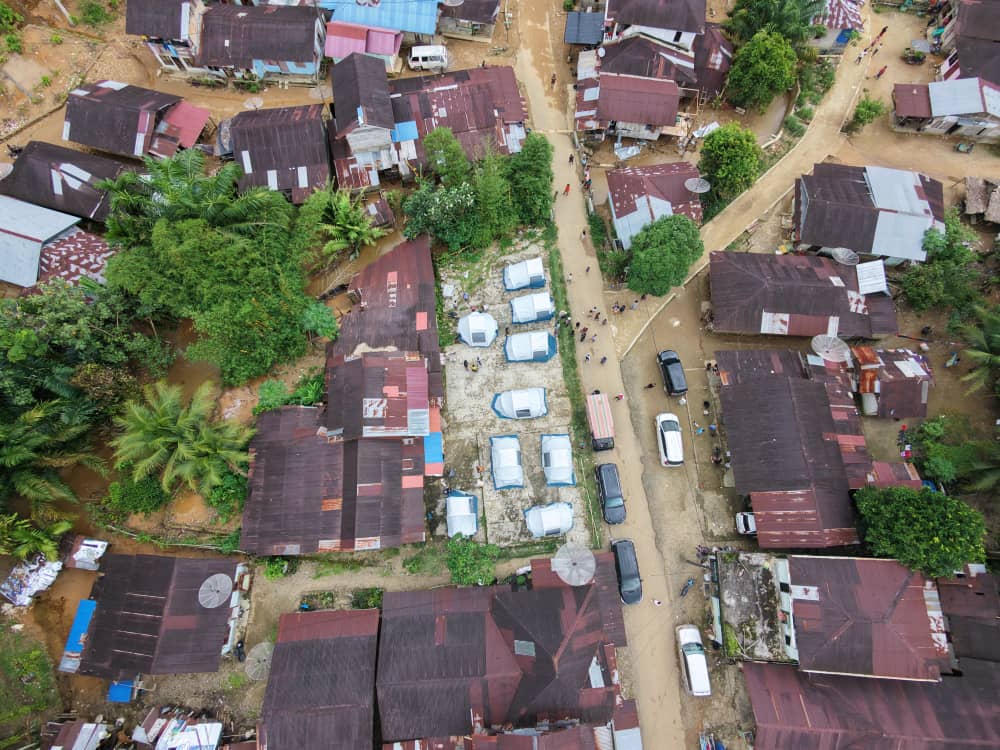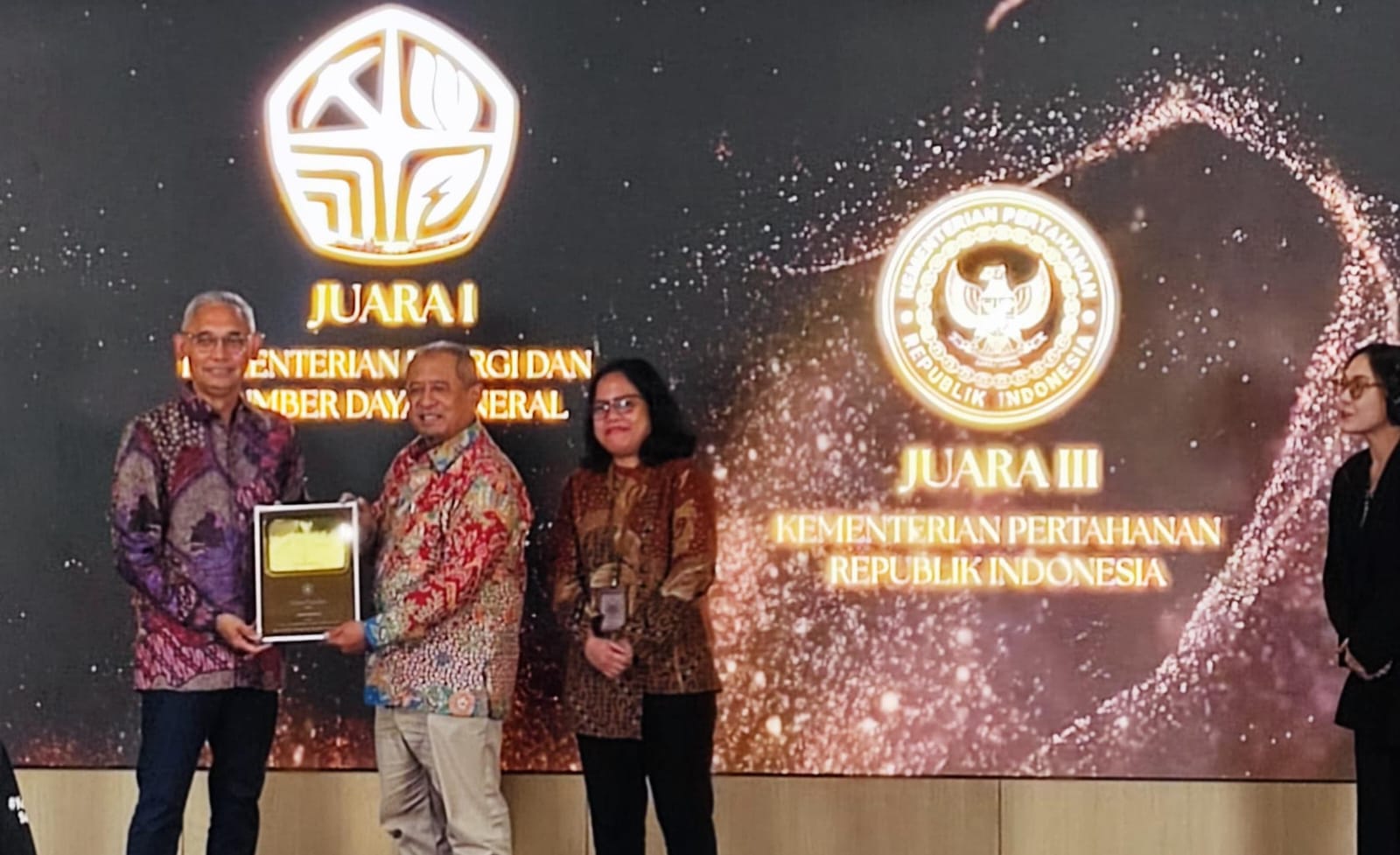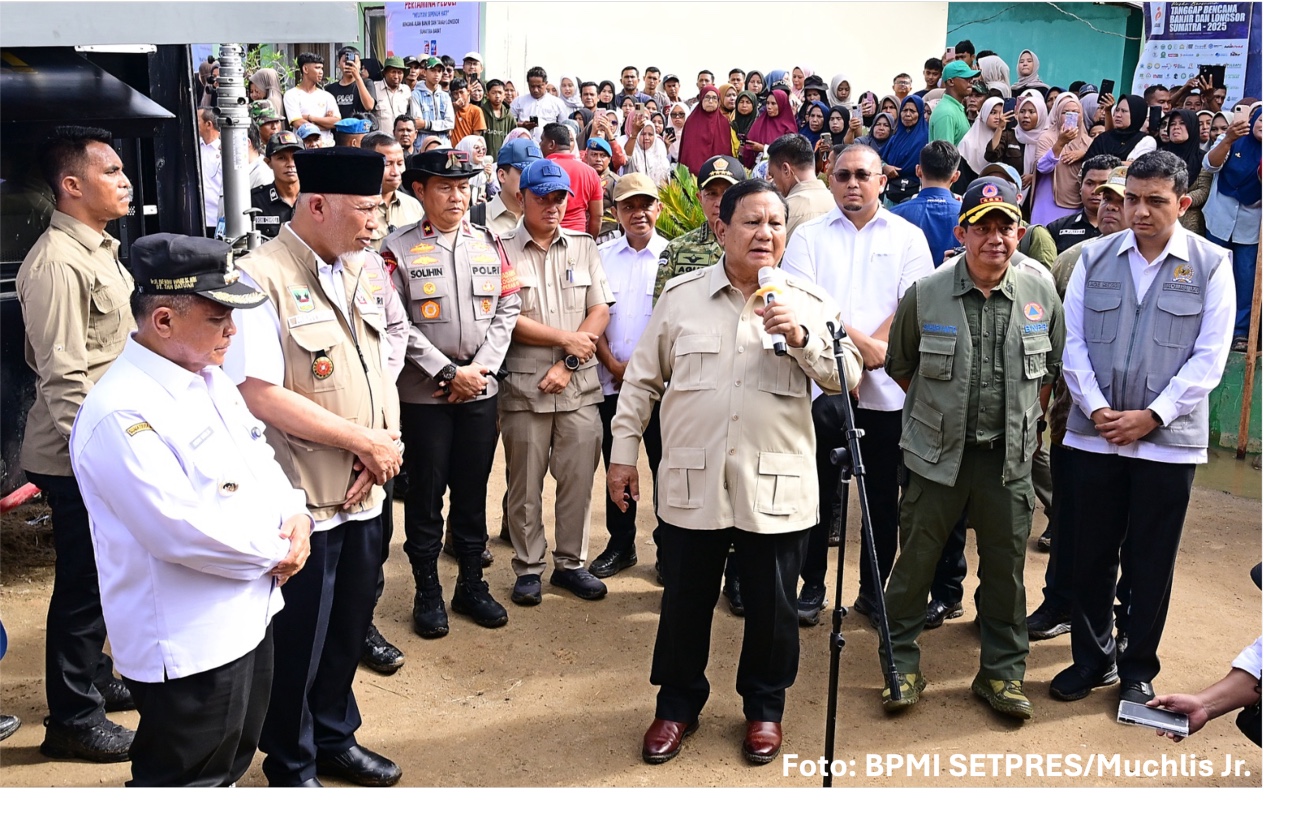
Facing the Challenges of LPG Distribution
MINISTRY OF ENERGY AND MINERAL RESOURCES
REPUBLIC OF INDONESIA
PRESS RELEASE
NUMBER: 271.Pers/04/SJI/2020
Date: 10 September 2020
Facing the Challenges of LPG Distribution
Late last year, Jambi City Mayor's office had a number of special guests. These guests had come to witness a concrete breakthrough by the city government in supporting the National Government's policy in supervising and distributing 3-kg Liquefied Petroleum Gas (LPG) cylinders. On this occasion, coupons of 3-kg LPG cylinder were distributed to community members who are entitled to receive fuel subsidy.
"These coupons answer the problems that occur in the community, for example, the price of 3-kg LPG which is above the Highest Retail Price (HET) and scarcity of 3-kg LPG supply which actually is intended for households and registered micro businesses," said Jambi Mayor, Syarif Fasha, at that time.
The Jambi City government's policy shows that there is an ongoing process of role optimization and synergy of supervision by each agency. This process is in line with the provision of Regulation of Minister of Energy and Mineral Resources No. 26 of 2009 Article 22 section (4), which sets out that supervision of LPG distribution is carried out by Ministry of Energy and Mineral Resources (EMR), or in this case Directorate General of Oil and Gas, in cooperation with the relevant agencies, namely, provincial/regency/city governments, law enforcement officers, and PT Pertamina as the Business Entity executing the assignment to supply and distribute Certain LPG through Call Center 135.
Being an important commodity and one of the top priorities for domestic needs, 3-kg LPG has been regulated in Law Number 7 of 2014 on Trade, Law Number 23 of 2014 on Regional Governance, and Presidential Regulation Number 71 of 2015 on Decision and Storage of Basic Necessities and Essential Goods.
To maintain the availability of these commodities, both the national government and the regional governments have the authority to control the availability of basic necessities and/or essential goods across the territory of the Republic of Indonesia in sufficient quantities, good quality, and affordable prices. Therefore, it is important to monitor any price disparities between different regions.
Decision on the national volume of subsidized 3-kg LPG is made jointly by the national government and the House in the APBN (State Budget). The national government, in this case Ministry of Energy and Mineral Resources (EMR), also sets the formula for benchmark price of 3-kg LPG after considering inputs from Minister of Finance, and the Retail Price of 3-kg LPG based on an agreement with the relevant agencies which is organized by Coordinating Minister for Economy.
After the national volume is set out in the APBN, Ministry of EMR will determine the 3-kg LPG quota for each regency/city by taking into account the proposals from the provincial and regency/city governments, consumption growth, conversion program to be implemented, and construction of 'jargas' (gas networks) in the region, among others.
Next, Ministry of EMR carries out the fostering and supervision of LPG supply and distribution, for example by verifying the supply and distribution of 3-kg LPG by PT Pertamina at the SP(P)BE's (LPG Bulk Filling and Transportation Stations), distributors, and sub-distributors. Before proposing 3-kg LPG quota for a certain regency/city, the provincial and regency/city governments can conduct a case study and collect data on the LPG needs in the area, then submit the study results to Ministry of EMR, in this case, Directorate General of Oil and Gas.
In terms of the distribution of 3-kg LPG to sub-distributors, the authority to supervise the distribution lies with the provincial and regency/city governments according to their jurisdiction. According to the laws and regulations, the provincial and regency/city governments must ensure the availability of 3-kg LPG as a basic necessity and essential goods in their areas, by further monitoring the smooth supply and distribution of LPG on the provincial markets, 3-kg LPG distributors, and down to LPG consumers in their respective jurisdiction.
Additionally, the provincial and regency/city governments are authorized to set the Highest Retail Price (HET) of 3-kg LPG at the delivery point of sub-distributor (base). The provincial and regency/city governments set the HET of 3-kg LPG by considering regional conditions, people's purchasing power, and reasonable business margins as well as the means and facilities for LPG supply and distribution.
Besides setting the HET in their region, the provincial and regency/city governments are also authorized to monitor and manage information on the HET of 3-kg LPG at the provincial and regency/city market levels. The provincial and regency/city governments also supervise that the HET of 3-kg LPG is obeyed.
PT Pertamina, as the Business Entity assigned to supply and distribute 3-kg LPG, also carries out operational supervision of LPG depots, SP(P)BE, and agents/distributors.
Indonesia's Energy Diversification Milestone
Indeed, running a conversion program from kerosene to 3-kg LPG cylinders, often called "melon gas", is not easy. The use of kerosene for fuel had clung in the society and posed a real challenge to the government. This conversion is not merely a technical issue, but touches on social and cultural aspects as well.
Although the program's success was doubted at the beginning, over time this policy has successfully been implemented and has even set an example for other countries. Thus, the kerosene-to-3-kg-LPG conversion program is the first milestone in Indonesia's energy diversification policy.
Since first carried out in 2007 in Jakarta, Tangerang, and Depok, this program has continued to roll and targeted 29 provinces with a total of 57,715,288 households and micro-enterprises. Naturally, this program has been very helpful in reducing the burden on state finances because according to the National Government's Financial Statements (LKPP) of 2007, kerosene subsidies reached Rp39.45 trillion.
In its development, the kerosene-to-LPG conversion policy has even touched the fisheries and agricultural sectors, through 3-kg LPG starter kit giveaways for target fishermen and farmers. From 2006 to 2019, the national government has distributed a total of 60,859 starter kits for fishing boats belonging to target fishermen. Next, to show its commitment to the agricultural sector, the government gave away 1,000 starter kits of 3-kg LPG to target farmers in 2019.
The use of LPG can significantly improve energy efficiency because the effective calorific value of LPG is higher than that of kerosene. Thus, cooking using LPG, for example, is cheaper than using kerosene. A research by the Energy Laboratory of Universitas Trisakti stated that the cost of boiling 5 liters of water is Rp11.6/minute for LPG and Rp13.8/minute for kerosene. This more practical and economical use of LPG can improve people's quality of life.
From the environmental point of view, LPG is also a better option because it emits cleaner and more environmentally friendly exhaust gases. The pollution level caused by LPG is lower than that by kerosene.
Reducing kerosene use is also advantageous to increasing the added-value potential of kerosene to aviation fuel. It is also good for structuring the supply and distribution system of subsidized fuels, which often was misused and experienced shortages in those days. (IY)
Head of Bureau of Communication, Public Information Services, and Cooperation
Agung Pribadi (08112213555)
Share This!






